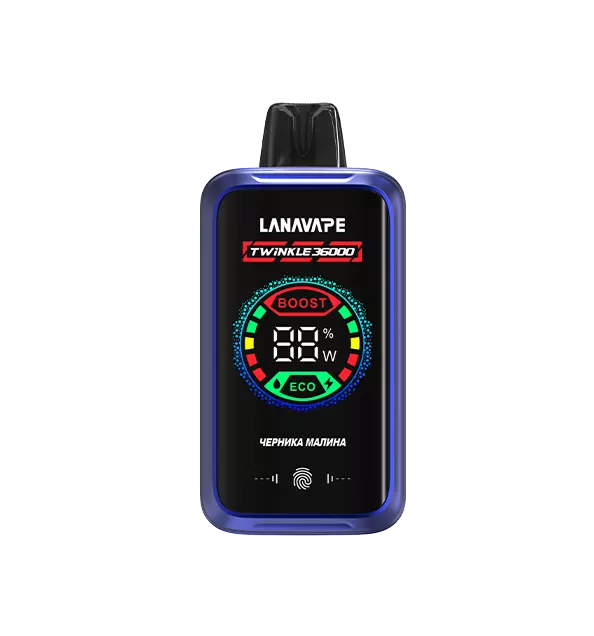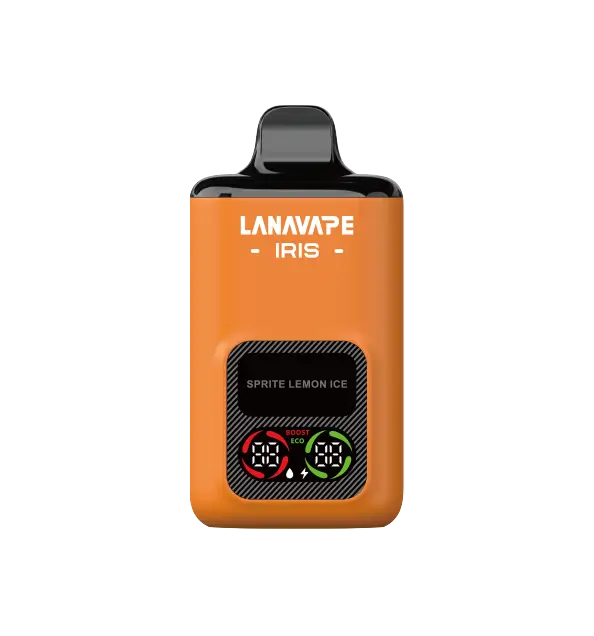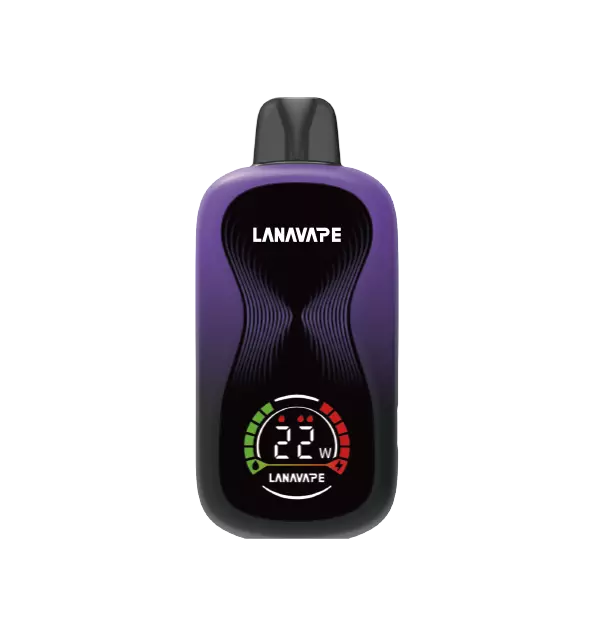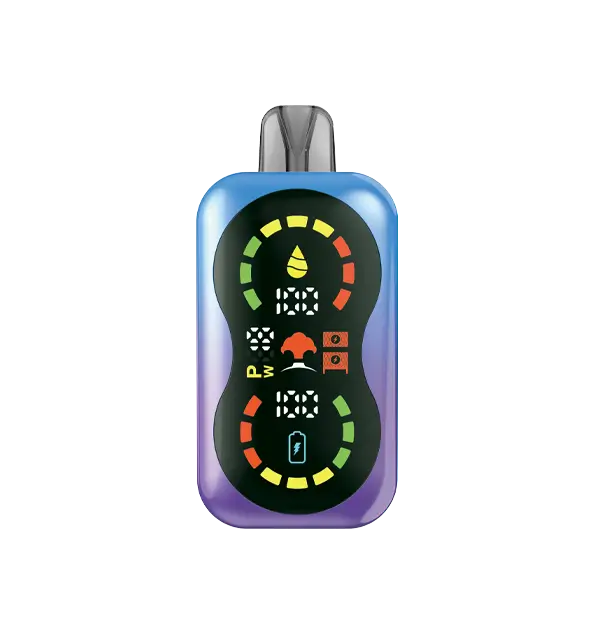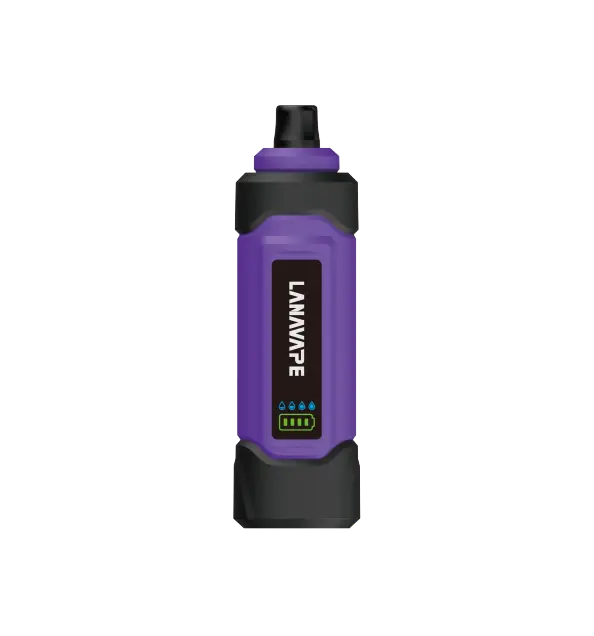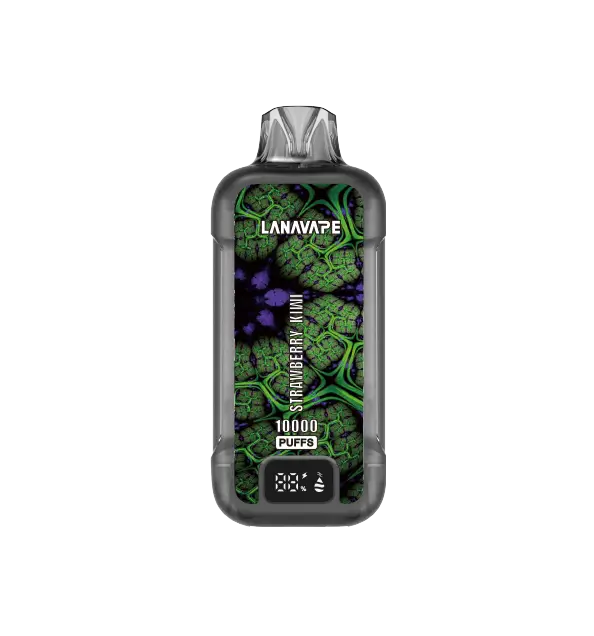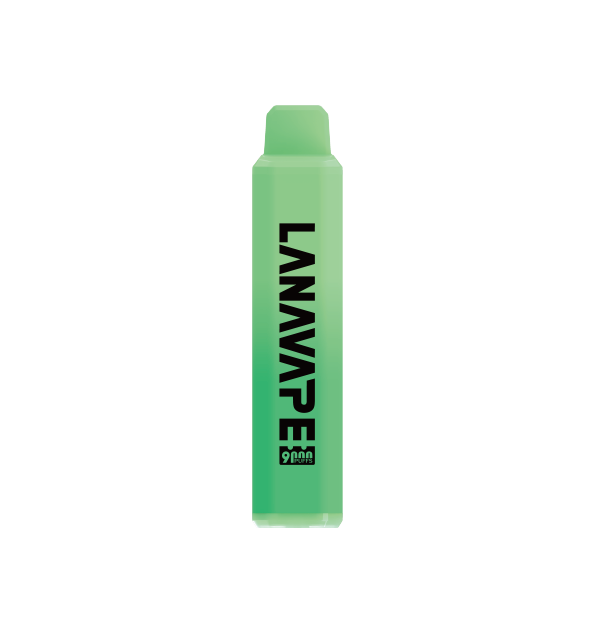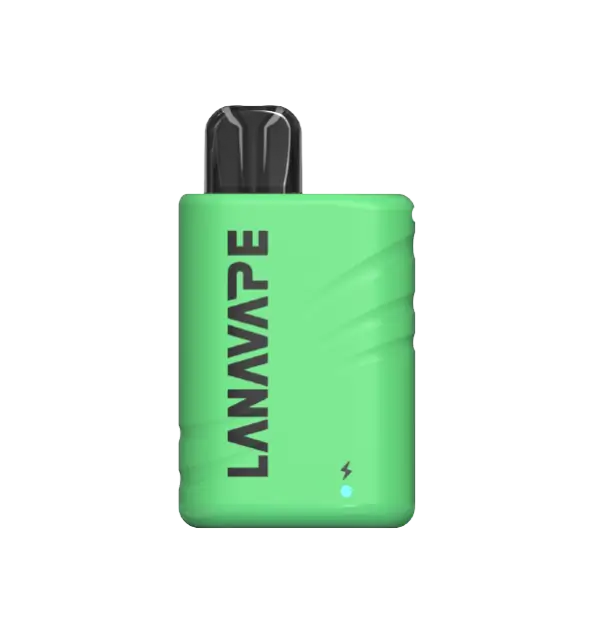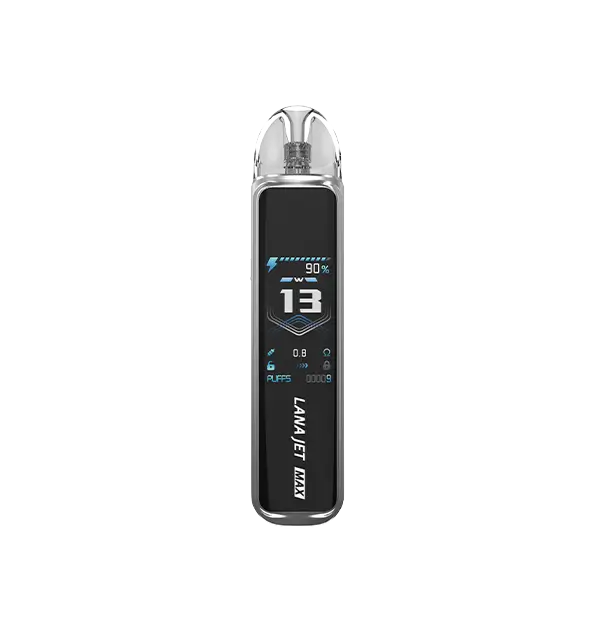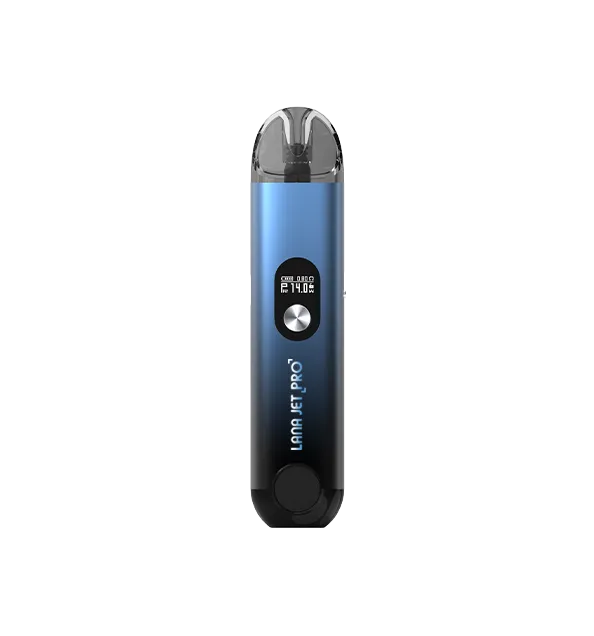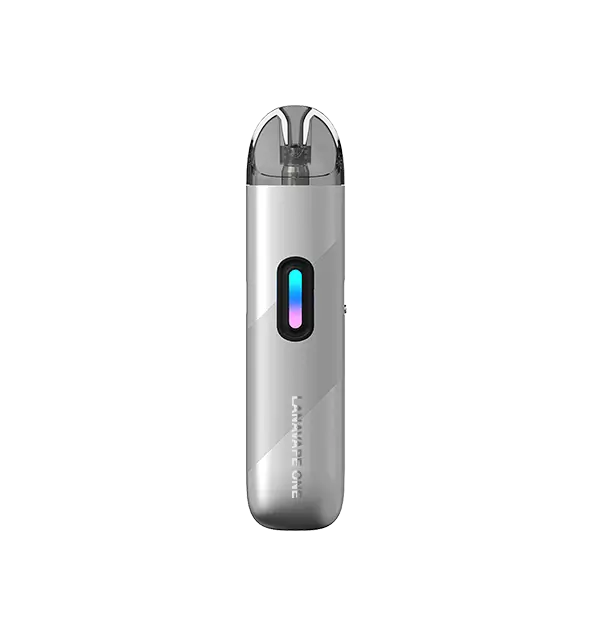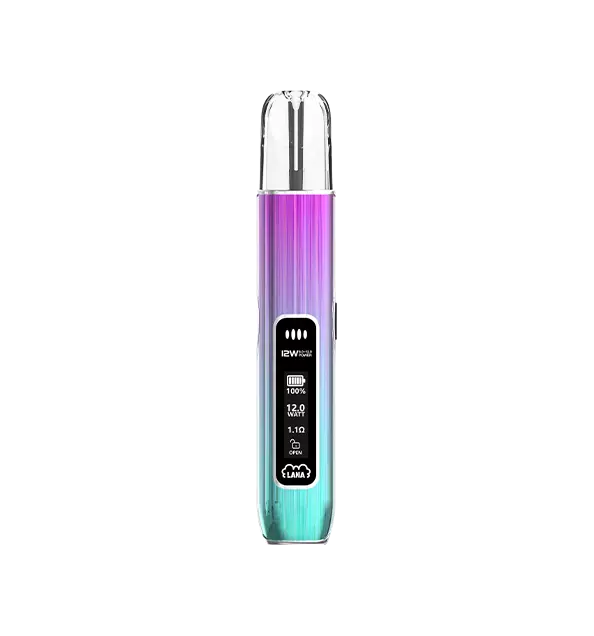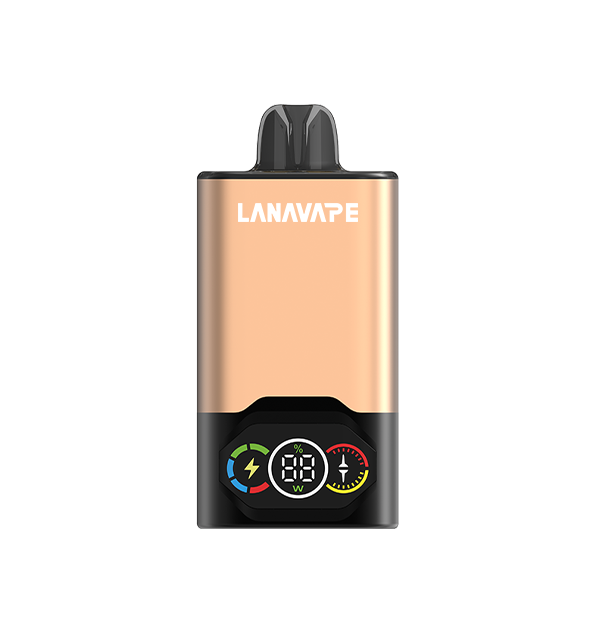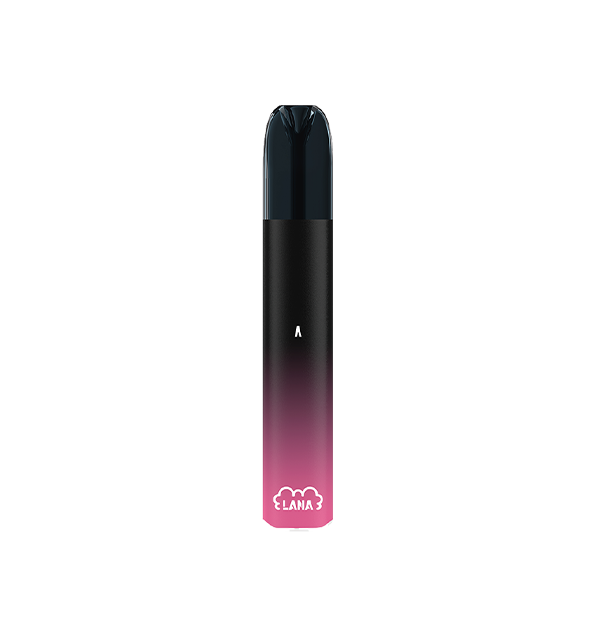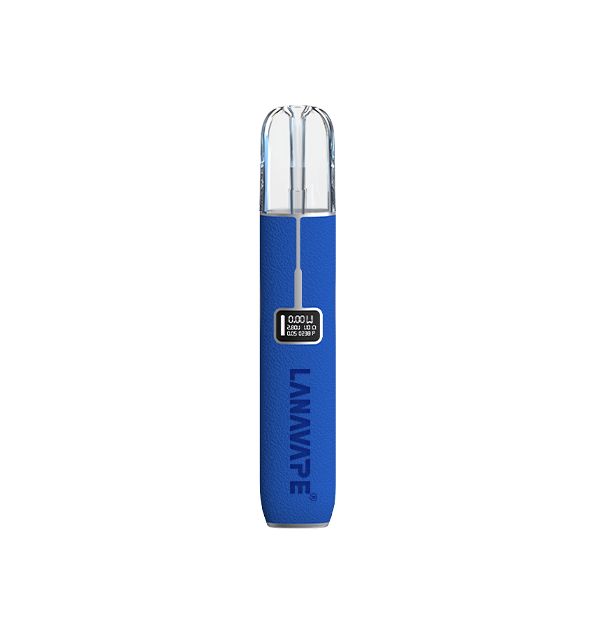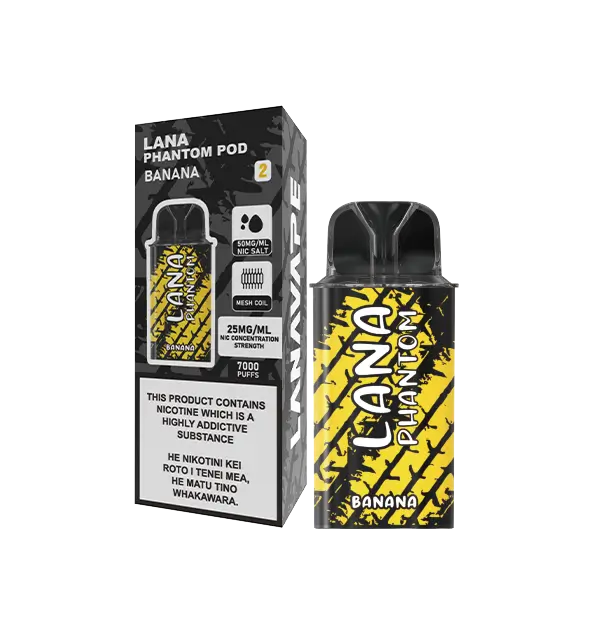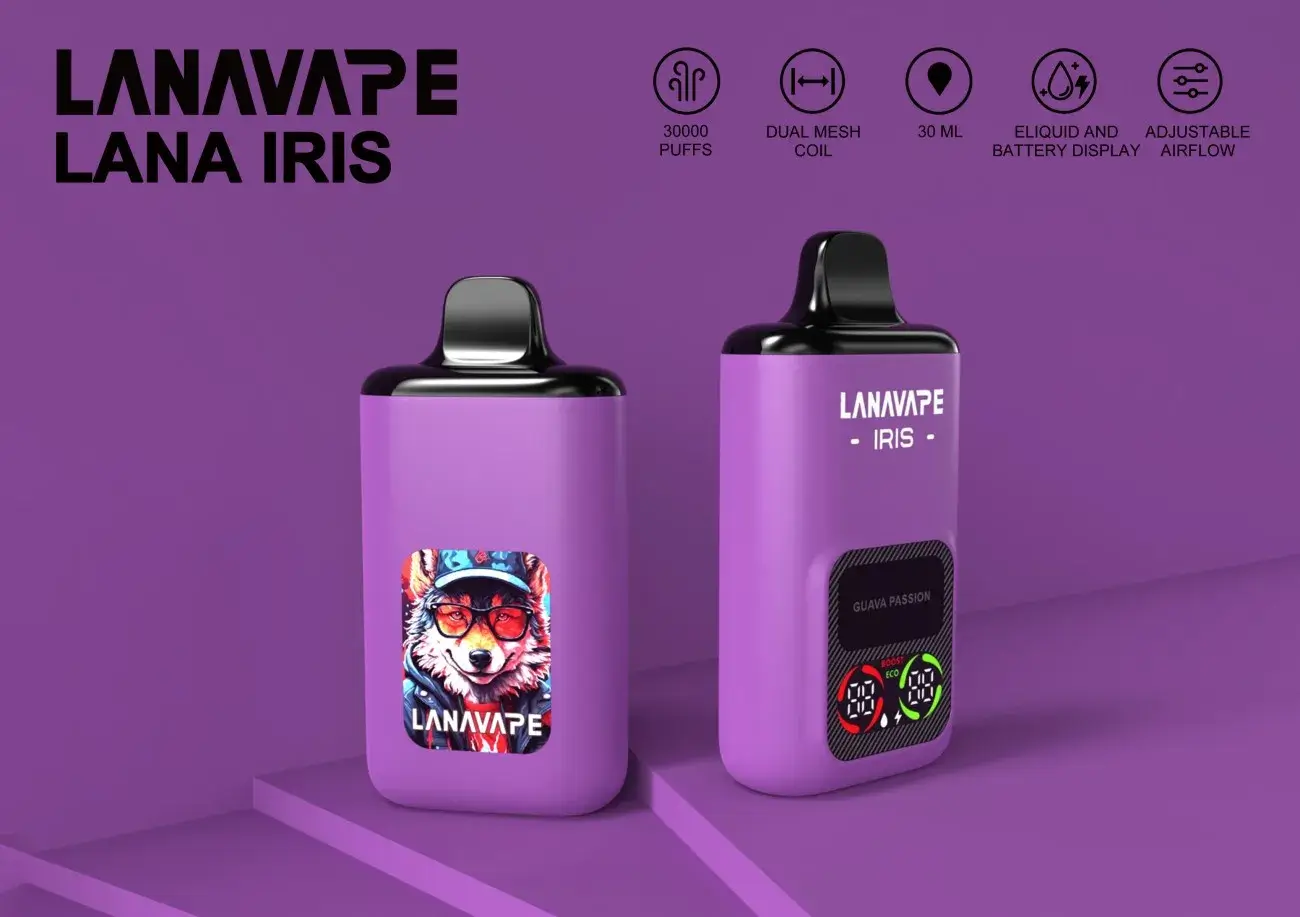
By 2025, vaping has become deeply integrated into the daily lives of tens of millions of users around the world. For vape enthusiasts, whether it's a quick weekend trip or a long-haul international flight, bringing a vaping device is no longer a question—it's a given. The real concern now is: how can you legally and safely bring your vape on a plane?
Unlike traditional cigarettes that can simply be slipped into a pocket, vaping devices are far more complex. They contain lithium batteries, vape juice , and their legality varies widely from country to country. These factors make airport security checks and airline regulations much more complicated.
in this article, we'll give you an overview of what you need to be aware of when traveling with e-cigarettes in 2025: whether or not they're allowed, how to properly pack them, and how to comply with global regulations - to make your e-cigarette travel smooth and worry-free.

Can You Bring Your Vape on a Plane? What You Need to Know
Simply put, you can, but you have to meet the conditions.
As far as the current situation is concerned, the vast majority of countries and airlines still allow travelers to bring vaping devices and e-liquids on planes under the premise of complying with the regulations. However, one thing is clear: vapes can never be used on airplanes. In addition, different countries and airlines have different rules on how to carry vaping devices, safety regulations, and limits on the amount of vapes that can be brought into the country. Therefore, it is very important to know the relevant policies in advance.
For example, the U.S. Federal Aviation Administration (FAA) clearly stipulates that vaping devices must be placed in hand luggage and cannot be checked. British Airways also requires that the power supply of vaping devices be turned off, and some measures must be taken to prevent accidental activation. In China, all airlines prohibit vaping devices from being checked in, and they must be carried on. Look at some other countries, such as Singapore, Thailand, and India. The attitude towards vaping is “zero tolerance”, even if you are a tourist, bringing vapes into the country is also illegal.
How to pack vaping devices correctly?
If you want to pass the security check without being stopped by airlines or customs, you need to pack your vaping device properly.
First of all, all vapes with lithium batteries, no matter whether they are the kind that can be used once and then thrown away, or can be recharged and used repeatedly, have to be put in hand luggage, and can never be checked in. The device has to be completely turned off, and some protective measures have to be taken to prevent it from starting up if you accidentally touch it.
For disposable vapes, although it is small and convenient to carry, we also have to treat it as a device with batteries, unified in hand luggage. It's best to wrap it in a ziplock bag to minimize the risk of liquid leakage.
If you want to take vape juice with you, then you have to pay attention to the restrictions on carrying liquids. According to international security regulations, each bottle of liquid must not exceed 100 ml, and all liquids must be placed in a transparent Ziploc bag with a total capacity of no more than 1 liter. If you are carrying more vape juice than this carry-on limit, you can put the extra e-liquids in your checked baggage. However, this is a good time to seal the e-liquid to prevent it from leaking out. After all, when the airplane is flying at high altitude, the pressure in the cabin will change, and if the seal is not good, the e-liquid will easily leak out.
Can I use vapes in airplanes or airports?
The answer to this question is also very clear: vapes are absolutely not allowed on airplanes, and are subject to the same controls as smoking.
All commercial flights around the world now explicitly prohibit the use of vapes on airplanes, even if they are zero-nicotine vapes. If you violate this rule, you may be fined, warned, and, in serious cases, violate aviation safety regulations. Some airlines also install a sensing device near the seat that catches traces of smoke. Once this device is triggered, the consequences can be serious.
Whether or not you can use vapes in airports depends on local regulations. Some airports have designated smoking areas where vapes can be used. However, if the airport does not have a clear sign saying that you can use vapes, then it is best not to use them, or it may cause some unnecessary trouble, and maybe you will be penalized.
Legal attitudes towards vaping in different countries
By 2025, the laws and regulations on vaping in various countries around the world will have changed quite a bit. Here are a few examples of countries to see what their policies on vaping are like.
Singapore:
This country has a total ban on vapes, and as long as you bring a vaping device into the country, it's illegal.
Thailand and India:
In these two countries, vaping devices are classified as contraband, even if tourists bring them, they will face fines, and in serious cases, they may even be detained.
Australia:
Vaping devices are allowed in Australia, but if you want to buy nicotine-containing vapes, you'll need a doctor's prescription.
Japan:
Japan has strict controls on nicotine vapes, but nicotine-free vaping devices are allowed.
The United States, the United Kingdom, Germany:
These countries allow the carrying and use of vaping devices, but there are very clear regulations on the mode of transportation and the area of use.
For those who want to travel abroad, the safest way is: before departure, check the official customs and public health websites of the destination, understand the local policy on vaping, and see if the number of vaping devices you carry needs to be declared, so that you can avoid the confiscation of vaping devices or penalties due to the differences in the laws of different countries.
Tips for traveling with vaping devices
In order to make sure that your vaping device can travel safely with you and avoid some unnecessary troubles, the following suggestions should be remembered.
Before you leave, be sure to check the airline's requirements for transporting vaping devices. Different airlines may have different rules, so it is important to know in advance.
Check the legal requirements for vaping in your destination country, especially if vaping is completely banned. If the destination country doesn't allow it, then don't take the risk.
Put all vaping devices and e-liquids in your carry-on luggage and don't check them in. This will cut down on a lot of hassle and keep your device safe.
Vape liquids should be packed in sealed containers and the amount should be kept within the liquid limit allowed by security. If you don't seal it properly, or if the amount is too much, you may not be able to pass the security check.
The use of vaping devices is absolutely prohibited during the flight. This is an aviation safety regulation that we cannot violate.
In airports, you can only use vapes in legal areas. Don't use them in non-designated areas such as restrooms and boarding gates, or you may be stopped by the staff or even punished.
Conclusion
Vaping devices are permitted to be taken on planes with the appropriate planning and adherence of overall regulations. Vaping policies & aviation rules of different countries are sort of a dense net where they prevent the carrying and using of vaping devices. Only if we are crystal clear in advance and package our vaping devices correctly, we can travel with ease & efficiency acting accordingly.

